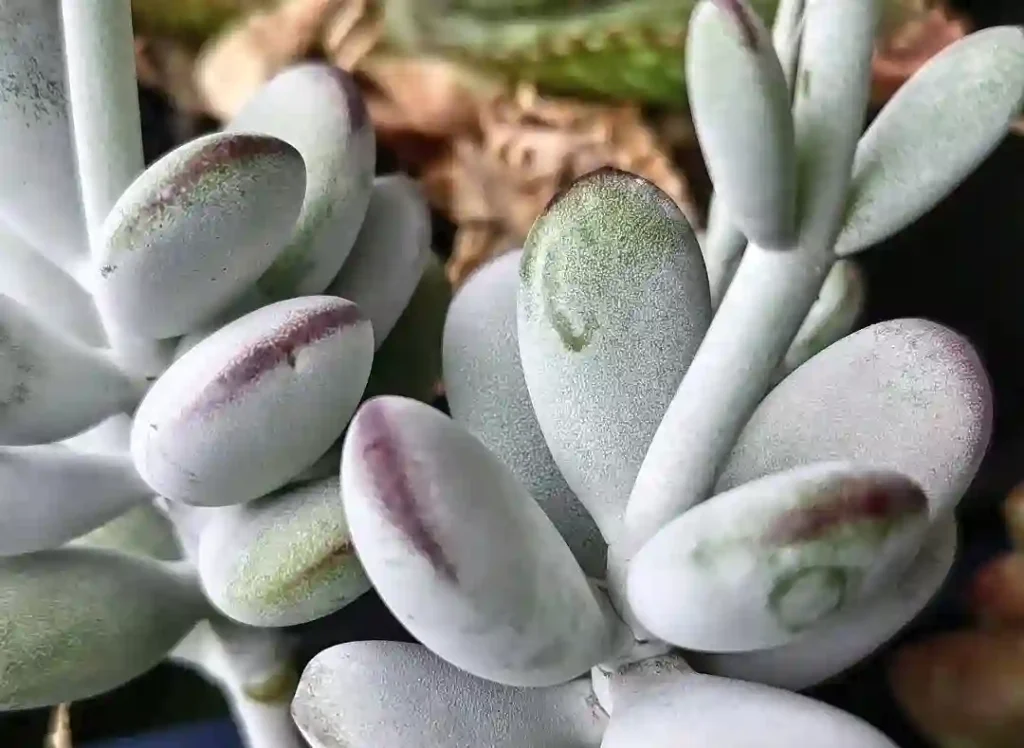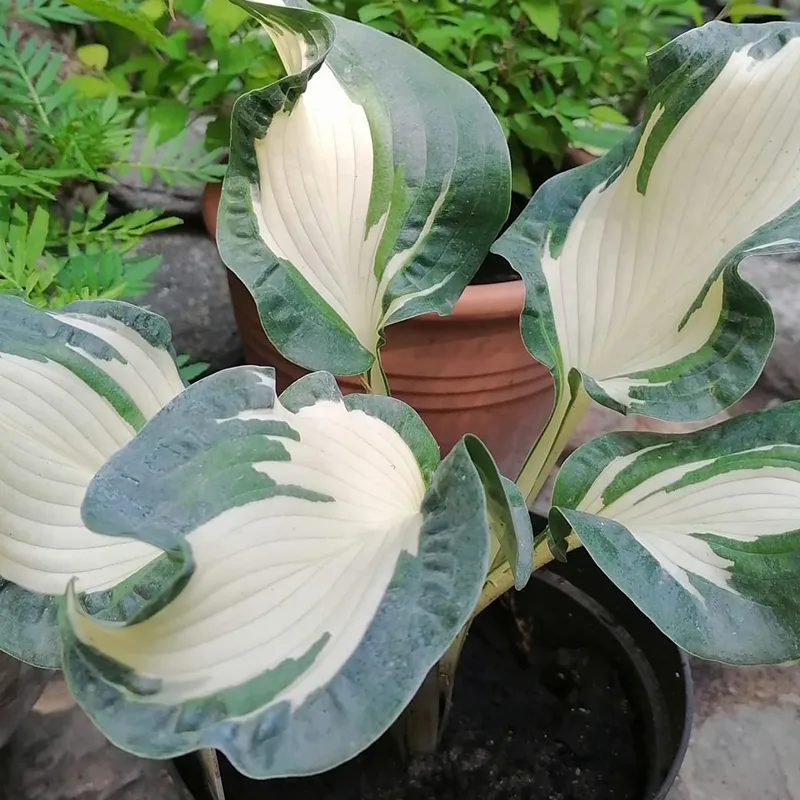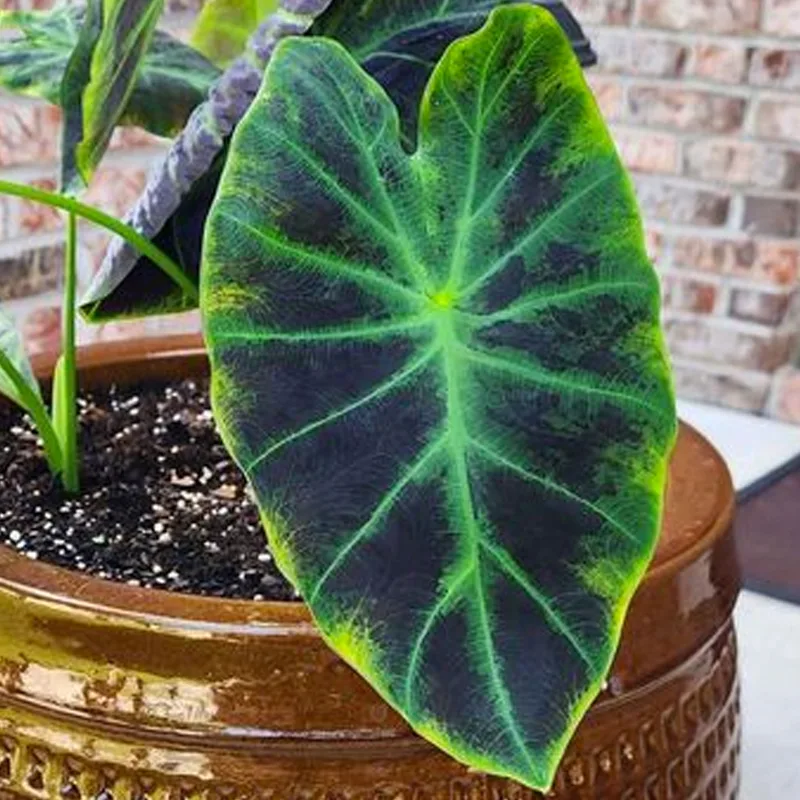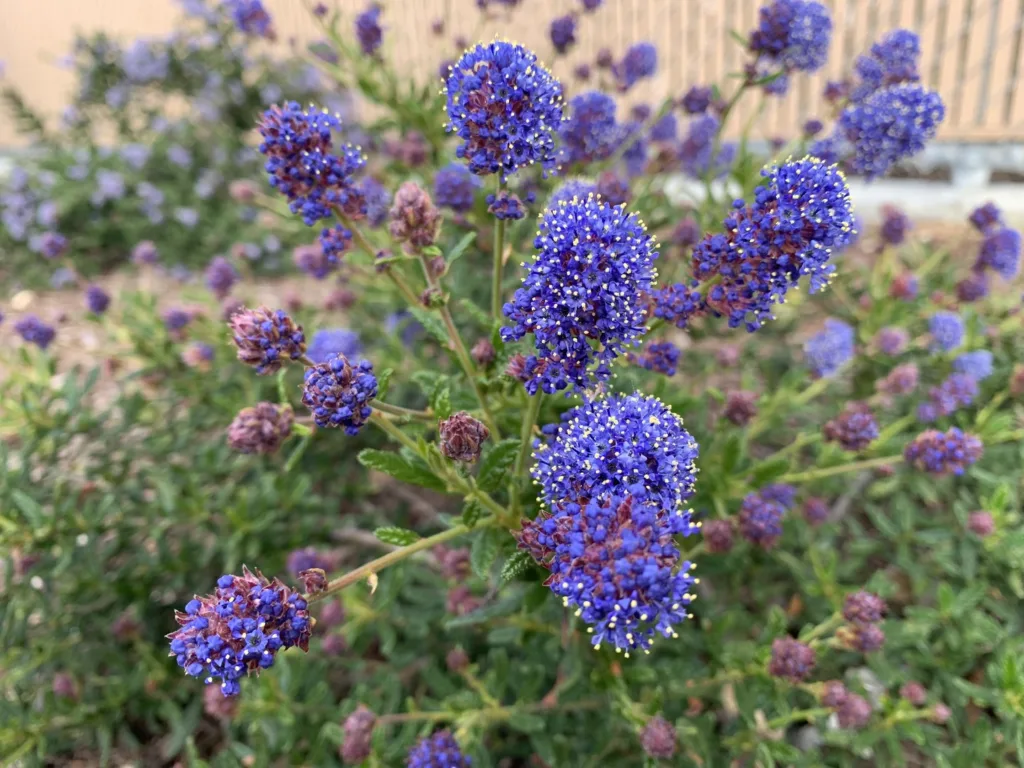
March 26 – Arnica
"Arnica, the healing herb, represents March 26."
Arnica symbolizes care and recovery. You are compassionate and nurturing, always ready to help others heal and grow. Like this plant, your presence is soothing and restorative.
Arnica: A Mountain Treasure
My name is Ferb Vu, and I’m fascinated by the natural world, particularly the diverse and resilient plants that thrive in harsh environments. One genus that has always captured my attention is Arnica, a group of hardy herbs known for their vibrant yellow flowers and potent medicinal properties.
What is Arnica?
Arnica is a genus of perennial, herbaceous plants belonging to the sunflower family (Asteraceae). The name “Arnica” likely originates from the Greek word “arni,” meaning “lamb,” which aptly describes the soft, hairy leaves characteristic of many species. These plants are typically found in mountainous regions of North America and Europe, where they have adapted to cold temperatures and rocky terrain.
A Colorful Tapestry: Species in Arnica
The genus Arnica encompasses a diverse array of species, each with its own unique characteristics and distribution. Here are:
- Arnica montana: Also known as mountain arnica, this European species is perhaps the most well-known and widely used for medicinal purposes.
- Arnica cordifolia: This North American species is distinguished by its heart-shaped leaves and is commonly found in mountainous woodlands.
- Arnica latifolia: Another North American species, it features broad leaves and thrives in moist meadows and subalpine forests.
- Arnica chamissonis: Named after German botanist Adelbert von Chamisso, this species is common in western North America and is often found in disturbed habitats.
- Arnica longifolia: Characterized by its long, narrow leaves, this species is native to western North America and prefers open, sunny locations.
- Arnica acaulis Britton, Sterns & Poggenb.
- Arnica angustifolia Vahl
- Arnica cernua Howell
- Arnica dealbata (A.Gray) B.G.Baldwin
- Arnica discoidea Benth.
- Arnica fulgens Pursh
- Arnica gracilis Rydb.
- Arnica griscomii Fernald
- Arnica intermedia Turcz.
- Arnica lanceolata Nutt.
- Arnica lessingii Greene
- Arnica lonchophylla Greene
- Arnica louiseana Farr
- Arnica mallotopus Makino
- Arnica mollis Hook.
- Arnica nevadensis A.Gray
- Arnica ovata Greene
- Arnica parryi A.Gray
- Arnica porsildiorum B.Boivin
- Arnica rydbergii Greene
- Arnica sachalinensis (Regel) A.Gray
- Arnica sororia Greene
- Arnica spathulata Greene
- Arnica unalaschcensis Less.
- Arnica venosa H.M.Hall
- Arnica viscosa A.Gray
What is arnica used for?
For me, arnica is all about bruises and soreness. I’m kind of a walking disaster zone, so I always have a tube of arnica gel in my medicine cabinet. It makes those ugly purple bruises fade way quicker, and I swear it helps with the tenderness too. I’ve also used it for muscle aches after a particularly tough workout, and it provides a bit of relief. Sometimes, when a sprain feels a bit swollen, I’ll try some arnica to see if it helps with that as well.
What is arnica tea good for?
To be honest, I’ve never actually tried arnica tea. I’ve always been a bit wary about ingesting it since I know arnica can be toxic in larger amounts. From what I’ve heard, some people use it for sore throats and inflammation, but I don’t have any personal experience with that. I tend to stick with the topical stuff – arnica cream and gel work well enough for me when I need that extra bit of healing for bumps and bruises.
Is arnica safe for dogs?
I’m not a vet, so I wouldn’t feel comfortable using arnica on my dog without consulting a professional first. I know it can be pretty toxic to both humans and animals if ingested in undiluted forms. I’ve seen some topical arnica products specifically formulated for dogs, which might be safe in very small amounts, but I’d definitely double-check with a vet. When it comes to my furry friend, I always err on the side of caution – there are probably other pain relief options out there that are known to be safe for dogs.
Is arnica safe during pregnancy?
This is one area where I wouldn’t even consider using arnica, not even topically. I know some sources say a little dab of cream might be okay, but honestly, the whole pregnancy thing is a delicate balance and I wouldn’t want to mess around with anything that could potentially harm the baby. There are just too many unknowns about how arnica might affect a developing fetus. Besides, there are other pregnancy-safe options out there for sore muscles or bruises – a heating pad or prenatal massage always work wonders for me. When you’re pregnant, best to play it safe!
Where to buy arnica?
I usually find arnica in a couple of places. My local pharmacy almost always has some kind of arnica cream or gel tucked away on a shelf, usually near the muscle pain relief products. I’ve also had luck finding it in natural health food stores – they sometimes have a wider selection, like arnica oil or even homeopathic arnica tablets. If all else fails, there’s always online shopping! I’ve bought arnica from big retailers like Amazon before when I’ve needed a specific brand or variety.
What is arnica oil used for?
I love using arnica oil for massages! I dilute a few drops in a carrier oil like coconut or jojoba oil and it makes a wonderful mix for sore muscles. The arnica has a warming sensation on my skin that feels so soothing, and it seems to help reduce inflammation too. I’ve also used it on pesky bruises – a gentle massage with the oil seems to make them disappear a bit faster. I like that it absorbs well and doesn’t leave me feeling greasy afterward.
How to make arnica oil?
While I’ve never personally made arnica oil, I’ve always been intrigued by the idea! From what I understand, it’s actually a pretty simple process. You start with dried arnica flowers and a good carrier oil like olive or sweet almond oil. Essentially, you fill a jar with the flowers, cover them with oil, and let it infuse in a sunny spot for a few weeks. It’s important to strain the oil really well after the infusion period to remove all the plant material. Of course, I’d probably do a bunch more research, find a detailed recipe, and make sure I understand everything before giving it a go myself.
When to start taking arnica before surgery?
I don’t have direct experience with this, but I’d absolutely follow my doctor’s recommendations on when to start taking arnica before surgery. From what I hear, it’s sometimes suggested to start a few days before to help reduce bruising and swelling afterward. But, the timing and dosage really depend on the type of surgery and your individual health situation. It’s super important to talk to your surgeon and not just rely on general information or the advice of well-meaning friends.
Does arnica expire?
Yes, arnica does expire. Like most things, the potency and effectiveness can fade over time. Most arnica products, whether it’s cream, gel, or tablets, will have an expiration date printed on the packaging. That’s definitely the date to go by for the safest use. Even if it doesn’t have an expiration date, if you notice a change in the smell, appearance, or consistency of your arnica product, it’s likely gone bad and it’s best to toss it and get a fresh one.
Does arnica help with scars?
Honestly, I haven’t noticed a huge difference in my scars when using arnica. I’ve used it consistently on some older bruises that turned into temporary scars, and I wish I could say it worked miracles, but the results weren’t dramatic. It might have slightly sped up their fading, but I don’t think arnica alone is going to erase a scar. There are other products specifically designed for scar treatment that might be a better bet if that’s your main concern.
Is arnica good for sunburns?
I wouldn’t use arnica on a fresh sunburn. While I’ve heard some people say it helps, it seems like the general recommendation is to avoid it, especially on broken or blistered skin. Sunburns need time to heal, and the best things you can do are stick to cool compresses, soothing aloe vera gel, and stay well hydrated. Using arnica on an open wound could potentially cause irritation or even infection, so it’s better to be safe than sorry.
How much arnica to take before botox?
I wouldn’t want to self-medicate with arnica before Botox, especially without consulting my doctor about it beforehand. The dosage and whether or not it’s even a good idea depends on a lot of factors – my overall health, any medications I might be taking, and the specific Botox procedure I’m getting. It’s best to get professional advice from the doctor or nurse administering the Botox; they’ll know exactly what’s safe and effective in my individual case.
How to grow arnica?
While I’ve never personally grown arnica, I’m fascinated by the idea! From what I’ve gathered, it’s definitely considered a bit trickier than some herbs. Arnica prefers cooler climates and well-draining soil, so it might not be the best fit for my hot and humid area. If I were to attempt it, I’d probably start the seeds indoors during the cooler months and make sure to find a spot in the garden that gets partial shade. I know arnica can spread quite a bit, so I’d also consider a container to keep it in check.
What does arnica smell like?
The smell of arnica is a bit unique. It’s hard to describe precisely, but I find it to be a mix of earthy, herbal, and slightly medicinal. There’s a subtle sweetness to it, but also a sharpness that reminds me a bit of pine. It’s not a strong, overpowering scent, especially in the creams and gels, but it’s definitely noticeable. I wouldn’t say it’s my favorite smell, but it doesn’t bother me either.
Where does arnica grow?
Arnica is primarily found in mountainous regions, especially in western North America and Europe. It thrives in cool climates and prefers well-drained meadows and conifer forests. I’ve also heard it can be found in parts of Asia. It’s a hardy plant, but if I were to try growing it, I know it might be an uphill battle since my region is pretty hot and humid for most of the year.
Can you use arnica on dogs?
This is a tricky one, and I’d hesitate to use arnica on my dog without specific guidance from my vet. Arnica can be toxic to dogs if ingested, so topical use should be done very cautiously. There are arnica products specifically formulated for dogs, which might be safe in very small amounts, but I’d still get the all-clear from my vet before trying it. They know my dog’s health history, allergies, and can advise with their professional insight. Better safe than sorry!
How to use arnica for tooth pain?
I wouldn’t recommend using arnica for tooth pain, especially if it’s a serious issue. Tooth pain often means there’s an underlying issue needing a dentist’s attention, like an infection or a cavity. While arnica might temporarily ease some discomfort, it won’t fix the real problem. It’s better to see a dentist for a proper diagnosis and treatment plan. I’ve found that over-the-counter pain relief meant for toothaches or a gentle clove oil rinse can be helpful while waiting for a dental appointment.
Is arnica good for acne?
I haven’t had much luck using arnica for acne. While it has anti-inflammatory properties, which might seem helpful for acne, it didn’t make a huge difference with mine. My breakouts seem to be more hormonal or related to my skincare routine, so arnica isn’t the right solution for me. I’ve had much better success using products specifically designed for acne, like topical spot treatments or cleansers with salicylic acid.
Is arnica safe for cats?
No, arnica is generally not considered safe for cats. It can be very toxic to them, even in small amounts, whether ingested or absorbed through the skin. Cats are especially sensitive to certain compounds in arnica, and it can lead to serious health issues if they’re exposed to it. I’d never risk using arnica on my cat, and if I ever suspected my cat had gotten into an arnica product, I’d call the vet immediately. There are plenty of other safe and effective options for treating feline injuries or pain, so it’s better to go that route for your furry friend.
A Personal Reflection
My interest in arnica stems not only from its medicinal value but also from its resilience and adaptability. These plants thrive in challenging environments, a testament to their hardiness and ability to overcome adversity. For me, arnica serves as a reminder that even in the face of challenges, strength and beauty can flourish.
If i die, water my plants!



